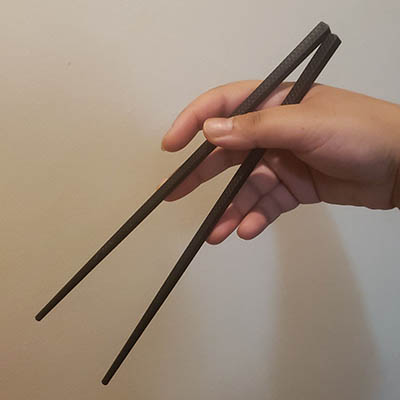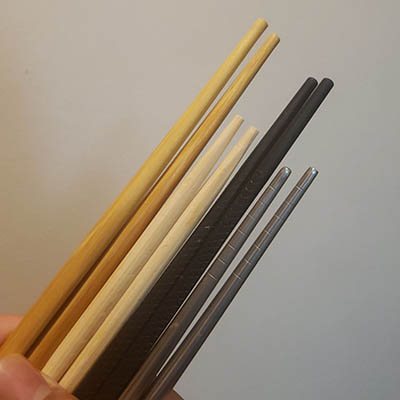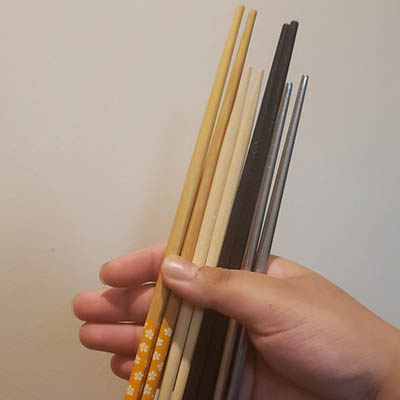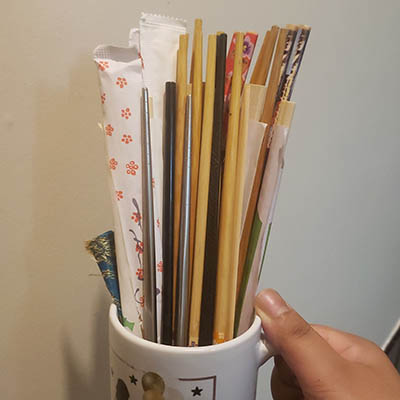Chopsticks are eating utensils used in many Asian countries as the primary tool for picking up and eating food.


Chopsticks have a history that spans thousands of years, and their invention and development likely occurred over time through a combination of cultural, practical, and culinary factors. The use of sticks or twigs as utensils for cooking and serving food can be traced back to ancient China. Early Chinese cuisine often featured chopped or minced ingredients, making the use of sticks for cooking and eating more practical. The cultural significance of chopsticks in China led to their continued use over centuries. Chopsticks did not develop solely in China. They spread to other parts of East Asia, such as Japan, Korea, and Vietnam, where they underwent further cultural adaptation and evolution. Chopsticks consist of two thin sticks of equal length, usually tapered at one end and blunt at the other.
Reasons why it is a good design:
- Chopsticks serve their primary function effectively, allowing users to pick up and eat a variety of foods. With proper technique, they provide precise control for handling small or delicate items.
- Chopsticks have a straightforward design, consisting of two sticks, typically made from wood, bamboo, or other materials. This simplicity makes them easy to understand and use.
- Chopsticks have deep cultural significance in many Asian countries and regions, where they have been used for centuries. Their design reflects cultural values, traditions, and rituals, making them a symbol of cultural identity.
- Well-made chopsticks are durable and can last a long time. They are designed to withstand repeated use, reducing waste and the need for disposable utensils.
- Chopsticks come in various lengths, shapes, and materials to suit different cuisines and preferences. For example, longer chopsticks are often used for cooking, while shorter ones are for eating.
- Eco-Friendly: Chopsticks are typically made from renewable and biodegradable materials like bamboo, contributing to their eco-friendliness.
- Universal Design: While chopsticks are particularly associated with Asian cuisines, they have a design that is universally understood and used across cultures and regions, making them a versatile and widely recognized utensil.
- Reusable: Chopsticks are reusable and require minimal maintenance. They can be washed and used again, reducing the need for single-use disposable utensils.
- Educational Value: Learning to use chopsticks can be an enjoyable and educational experience, offering an opportunity for cultural exploration and skill development.
- Ergonomics: The design of chopsticks includes a comfortable grip that fits well in the hand. The tapered shape and smooth texture make them easy to hold, even for extended periods.

